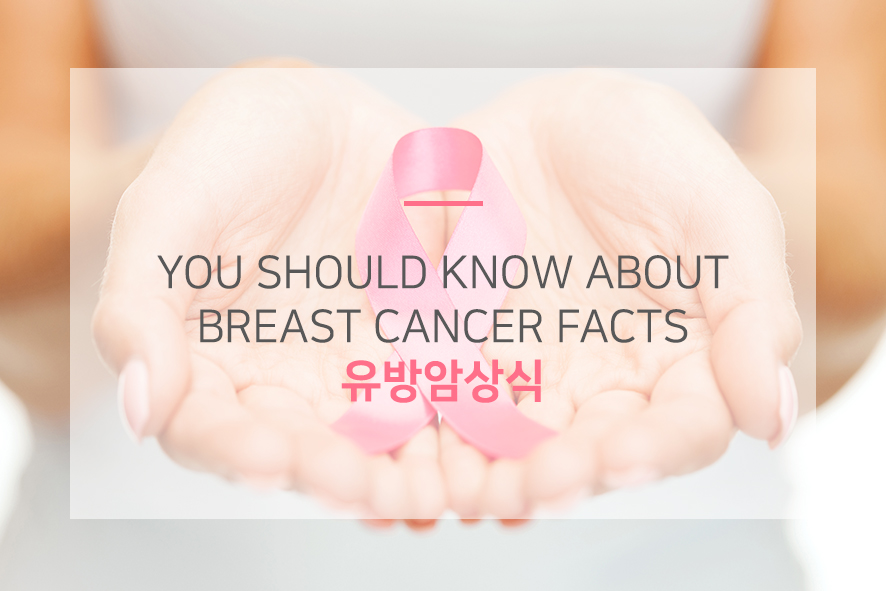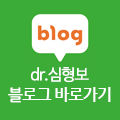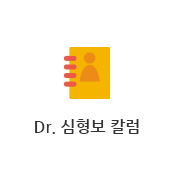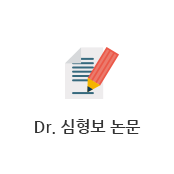| 제목 | [유방암상식] YOU SHOULD KNOW ABOUT BREAST CANCER FACTS | ||||||||||||||
|---|---|---|---|---|---|---|---|---|---|---|---|---|---|---|---|
| 조회수 | 1,138 | 등록일 | 2019-04-21 | ||||||||||||
| 내용 |

In the U.S., about 237,000 cases of breast cancer are diagnosed in women each year. Additionally, 2,100 cases of breast cancer occur in men. The CDC reports that “about 41,000 women and 450 men in the U.S. die each year from breast cancer.” Because the risk of getting breast cancer increases with age, the average age of breast cancer diagnosis for women in the U.S. is 61. The average age for diagnosis in men is between 60 and 70.
The chart below details some of the types of breast cancer.
Though most women diagnosed with breast cancer are 50 and older, around 11% of new breast cancer diagnoses are in women under 45. However, breast cancer isn’t exclusive to the female breast. Though “breast cancer is around 100 times less common in men than it is in women,” men do get breast cancer. Ductal carcinoma is responsible for most cases of male breast cancer—even though female breasts form lobules during puberty while men’s breasts don’t, both male and female breasts still have ducts and nipples.
Breast cancer itself doesn’t run in families, but there are certainly some inherited gene mutations that can cause an increased risk of developing breast cancer. For example, the BRCA1 and BRCA2 genes code for proteins that help repair damaged DNA. These proteins are often referred to as “tumor suppressors” because “they help keep cells from growing and dividing too fast or in an uncontrolled way.” When the BRCA1 and BRCA2 genes are mutated, these repair functions are impaired, meaning that mutations in DNA can persist and potentially lead to the unchecked growth characteristic of cancer. Certain genetic syndromes that involve similar mutations affecting “tumor suppressors” can also contribute to an increased risk of breast cancer (and other cancers as well). Still, most cases of breast cancer are sporadic—that is, they arise without a known genetic cause
Healthy breasts undergo changes throughout a person's lifespan. They can feel tender around the time of a woman’s menstrual period or before menopause, for example. During pregnancy, the breasts might feel lumpy due to the increase in size and number of milk-producing glands. The nipples and areolas also typically become larger and darker in color during pregnancy as well. However, changes outside the norms of age and hormone-related changes could mean something’s not right. The CDC lists the following symptoms as potential warning signs for breast cancer. · New lump in the breast or underarm (armpit). · Thickening or swelling of part of the breast. · Irritation or dimpling of breast skin. · Redness or flaky skin in the nipple area or the breast. · lling in of the nipple or pain in the nipple area. · Nipple discharge other than breast milk, including blood. · Any change in the size or the shape of the breast. · Pain in any area of the breast. These symptoms can be indicative of other breast conditions, but it’s always a good idea to talk to a medical professional if you’re concerned. Though yearly mammograms aren’t recommended until age 40, it’s still important for women to have a clinical breast exam conducted by a doctor every three years after age 20 (and every year after age 40). If you notice any unusual changes in the look or feel of your breasts, discuss them with your doctor. POSTED ON TUE, APR 09, 2019 @ 09:15 AM BY LAURA SNIDER
|
||||||||||||||





















